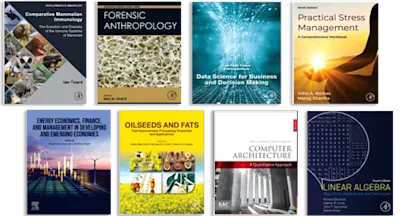
Normal Childbirth
Evidence and Debate
- 2nd Edition - May 30, 2008
- Imprint: Churchill Livingstone
- Editor: Susan Downe
- Language: English
- Paperback ISBN:9 7 8 - 0 - 4 4 3 - 0 6 9 4 3 - 7
This new edition builds on the strengths of the popular first edition, with updated national and international data, and the most recent debate around the controversial area of… Read more
Purchase options

This new edition builds on the strengths of the popular first edition, with updated national and international data, and the most recent debate around the controversial area of childbirth. With the increasing risk of litigation, there can be a tendency to classify women as 'at risk' if they present with even a hint of a problem. This is a contentious area and midwives need to be aware of the wide parameters of 'normal' in order to practise autonomously, effectively and safely. This book provides an evidence-based source for all midwives and other health professionals with an interest normal birth.
- Explores the wider range of normal childbirth that is unique to individual mothers and babies
- Challenges the assumptions underpinning current beliefs and attitudes
Student midwives and qualified midwives
Section 1: Ways of Seeing1. From being to becoming: reconstructing childbirth knowledge2. The role of pain in normal birth and the empowerment of women3. Birth and spiritualitySection 2: Aspects of normality4. Normal birth: womens' stories5. Midwives' practices in eleven UK maternity units6. Midwives constructing 'normal birth'Section 3: Evidence7. Risk, safety and the study of physiological birth8. The early pushing urge: practice and discourse9. Foetal to neonatal transition: first, do no harm10. Promoting normal birth: weighing the evidence11. Aspects of a controversy: summary and debate
- Edition: 2
- Published: May 30, 2008
- Imprint: Churchill Livingstone
- Language: English
SD
Susan Downe
Affiliations and expertise
Professor of Midwifery Studies, University of Central Lancashire, Preston, UK